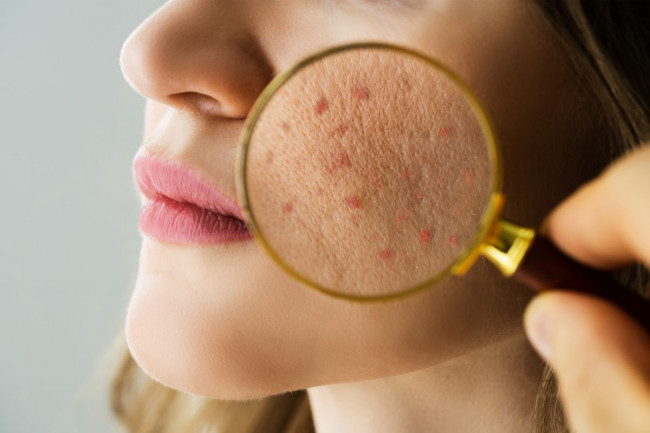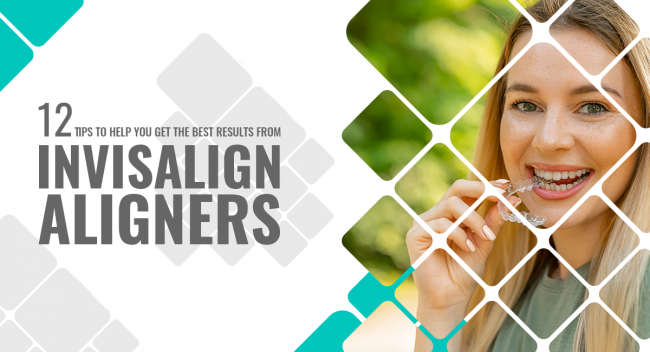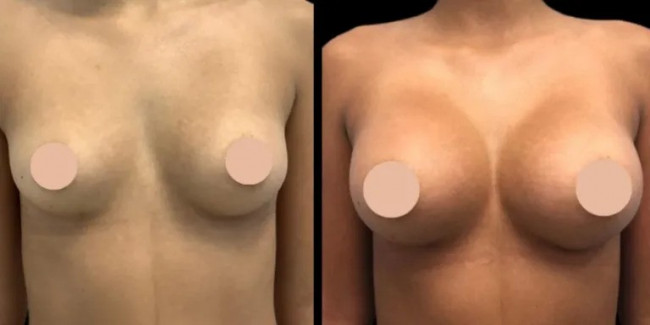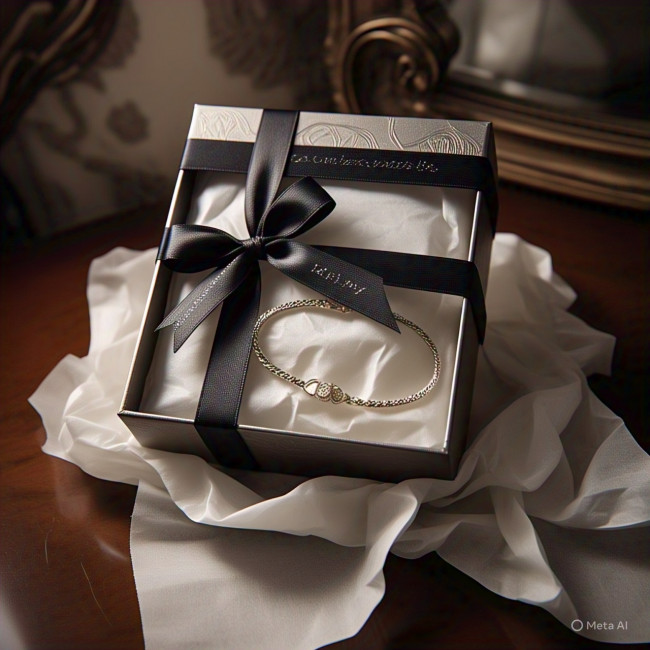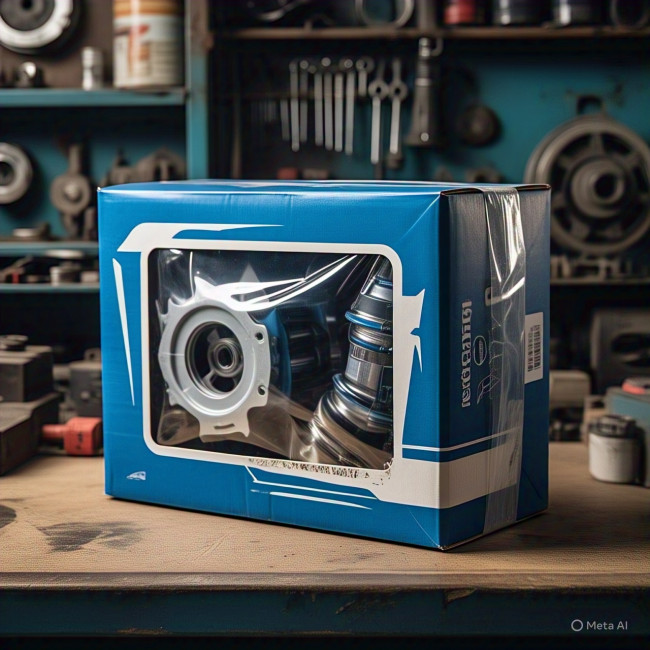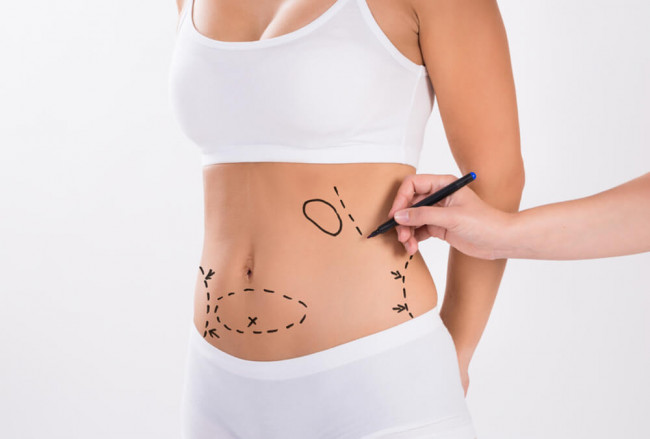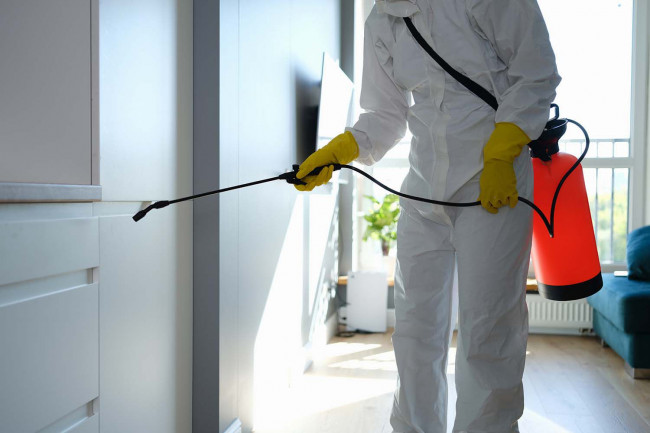Fungal acne is a common skin condition resulting from the inflammation of hair follicles caused by the overgrowth of Malassezia yeasts, particularly Malassezia furfur, which is naturally found on the skin. This guide will help you understand fungal acne in detail, including its causes, symptoms, and the most effective treatment options available.
1. What is Fungal Acne?
Fungal acne, also known as Malassezia folliculitis, is not typical acne. Instead, it's caused by yeast that infects the hair follicles. The condition leads to clusters of small, itchy pustules or papules, often mistaken for regular acne. Fungal acne tends to appear on the face, neck, chest, and back – areas that have a higher concentration of sebaceous glands.
Unlike typical bacterial acne, fungal acne doesn’t respond to standard acne treatments, making proper identification essential. Managing fungal acne often involves using antifungal medications and making lifestyle changes to prevent its recurrence.
2. Fungal Acne Symptoms: How to Recognise It
Many people confuse fungal acne with bacterial acne because they look similar. However, recognising the distinct characteristics of fungal acne is critical for getting the right treatment. Here are the key symptoms that may indicate you have fungal acne:
- Tiny, uniform pustules: Fungal acne presents as small, raised bumps that are uniform in size, typically ranging between 1 to 2 millimeters.
- Itchy lesions: Unlike regular acne, fungal acne causes itching, often leading to discomfort and the desire to scratch the affected areas.
- Clusters of lesions: The lesions usually appear in clusters on the forehead, jawline, chest, or back.
- Presence of whiteheads: The bumps often contain a white or yellowish substance, resembling small whiteheads.
- Lack of improvement with standard acne treatments: If common acne treatments like benzoyl peroxide or salicylic acid have not improved your condition, you might be dealing with fungal acne.
- Worsening in humid environments: Fungal acne tends to worsen in hot, humid, or sweaty conditions, as moisture encourages the growth of Malassezia yeasts.
If you're experiencing these symptoms and suspect fungal acne, it's advisable to consult a dermatologist for a precise diagnosis and tailored treatment plan.
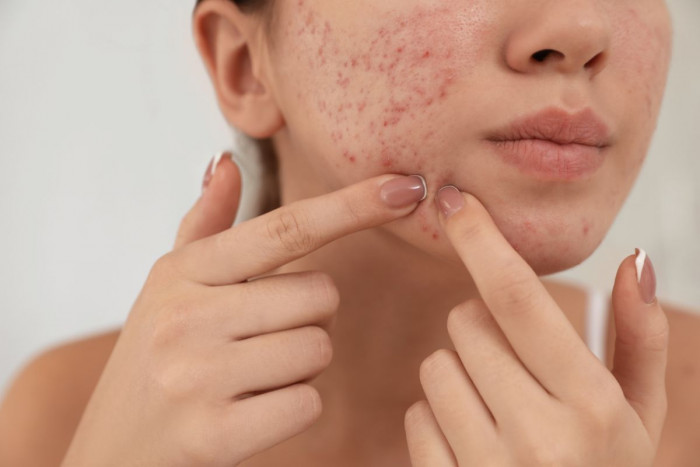
3. Causes of Fungal Acne
Fungal acne is caused by an overgrowth of Malassezia yeasts. However, several factors can trigger this imbalance. Understanding these triggers can help in preventing and managing the condition.
Key Causes:
- Malassezia overgrowth: This yeast thrives in areas rich in sebaceous glands and can lead to inflammation when it grows excessively.
- Excessive sebum production: An oily skin environment provides a perfect breeding ground for Malassezia to grow.
- Hot and humid climates: Warm, damp environments encourage the proliferation of yeast, making fungal acne more common in such regions.
- Occlusive clothing: Wearing tight or non-breathable clothing traps moisture against the skin, further promoting yeast growth.
- Prolonged use of topical corticosteroids: Using steroid creams disrupts the skin's microbiome and can increase yeast overgrowth.
- Weakened immune system: Individuals with weakened immune systems are more prone to infections, including fungal acne.
- Medications: Antibiotics or oral corticosteroids can alter the balance of skin flora, leading to fungal acne.
By identifying these triggers, you can take proactive steps to minimise the risk of developing fungal acne.
4. Effective Treatments for Fungal Acne
Treating fungal acne is different from treating bacterial acne, as traditional acne treatments are ineffective against fungal infections. Here are some of the most effective fungal acne treatment options:
a. Topical Antifungal Medications
Over-the-counter or prescription antifungal creams, gels, or lotions containing ketoconazole or pyrithione zinc are effective for treating fungal acne. These medications work by directly targeting and reducing the yeast causing the infection.
b. Oral Antifungal Medications
In severe cases, a dermatologist may prescribe oral antifungal medications, such as fluconazole or itraconazole. These medications treat the infection from within and are generally more effective when the acne covers a large area.
c. Adjusting Your Skincare Routine
Switch to non-comedogenic, oil-free products that don’t clog pores or trap moisture on the skin. Avoid harsh scrubs or products containing benzoyl peroxide or salicylic acid, as they may worsen fungal acne.
d. Antifungal Shampoos
Antifungal shampoos containing ketoconazole or selenium sulfide can be used on the body, particularly on the chest or back, where fungal acne is more common. This helps to control the yeast overgrowth.
e. Lifestyle Modifications
- Wear breathable fabrics to prevent moisture from being trapped against the skin.
- Shower promptly after sweating to reduce the amount of moisture and oil on the skin.
- Avoid heavy, occlusive skincare products or clothing that might exacerbate the condition.
5. Who is at Risk for Fungal Acne?
Anyone can develop fungal acne, but certain factors increase the risk. Here’s a look at who is more prone to developing this condition:
Adolescents and Young Adults
The hormonal changes during puberty cause an increase in sebum production, which creates an ideal environment for the growth of Malassezia yeasts.
People with Oily or Acne-Prone Skin
Excessive oil production makes the skin more prone to fungal acne, as Malassezia yeasts feed on the natural oils of the skin.
Residents of Hot and Humid Areas
People living in warm and humid climates are more likely to develop fungal acne, as the heat and moisture provide optimal conditions for yeast growth.
Those with Compromised Immune Systems
Individuals with weakened immune systems, such as those undergoing immunosuppressive therapy, are at greater risk of developing fungal acne.
People Who Frequently Wear Occlusive Clothing
Wearing tight or non-breathable clothing for extended periods can trap sweat and moisture, leading to the growth of fungal acne.
6. Fungal Acne vs. Regular Acne: Key Differences
Differentiating between fungal and regular acne is essential to ensure proper treatment. While they may look similar, they have distinct differences in cause, appearance, and response to treatment.
Fungal Acne:
- Caused by the overgrowth of Malassezia yeasts.
- Lesions are small, uniform, and itchy.
- Clusters of lesions often appear on the chest, back, or forehead.
- Doesn’t improve with traditional acne treatments like benzoyl peroxide.
- Requires antifungal medications for effective treatment.
Regular Acne:
- Caused by the bacteria Propionibacterium acnes.
- Lesions include blackheads, whiteheads, and cysts.
- Commonly occurs on the face, chest, and back.
- Responds well to conventional acne treatments such as retinoids and antibiotics.
- Understanding these differences can help you determine whether you’re dealing with fungal acne or another form of acne. If unsure, it’s best to consult a dermatologist for an accurate diagnosis.
7. Preventing Fungal Acne
Prevention is key when it comes to managing fungal acne. Here are some simple steps you can take to reduce your risk of developing this condition:
- Keep the Skin Dry: Shower immediately after sweating and ensure the skin is clean and dry.
- Wear Breathable Fabrics: Opt for loose, breathable clothing, especially in hot and humid environments.
- Use Non-Comedogenic Products: Choose skincare and cosmetic products that won’t clog pores.
- Maintain Good Hygiene: Regularly clean and exfoliate the skin to prevent oil and yeast buildup.
Following these steps can help prevent the recurrence of fungal acne.
Conclusion
Fungal acne is often misunderstood and misdiagnosed as regular acne, but it requires a unique treatment approach to effectively manage the condition. Recognising the symptoms, understanding the causes, and seeking appropriate treatment for acne are crucial steps toward achieving clear, healthy skin.
If you’re struggling with persistent acne or suspect you might have fungal acne, visit MD.co.uk for professional advice and treatment options tailored to your skin’s needs. With the right care, you can prevent the recurrence of fungal acne and enjoy healthier skin.

